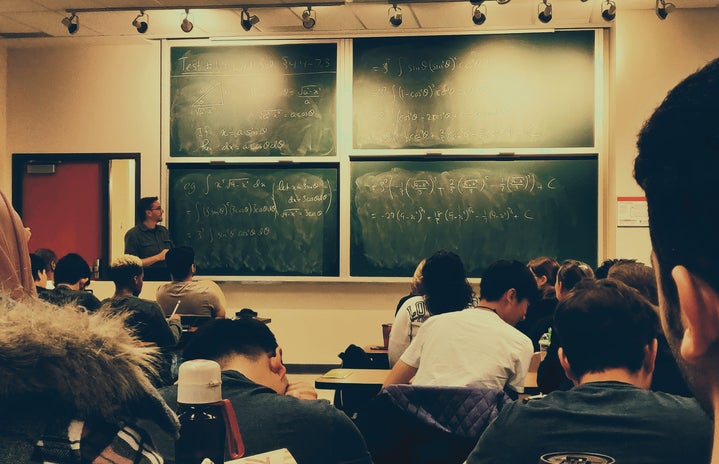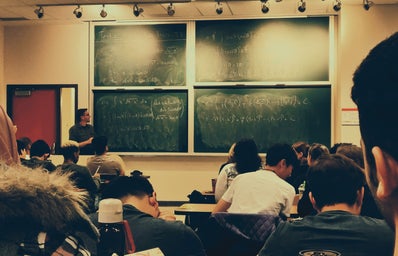Women represent the majority of students currently at UCLA, as American women, in general, make up a larger portion of college students than their male counterparts. However, this enrollment number does not exactly translate into the same level of equality throughout every department, within faculty and in relation to athletics. The following is a Harper’s Index-style report of some facts and figures about UCLA women:
Percentage of UCLA faculty that identified as women during the 2018-2019 academic year: 39%
Medals won by Shirley Babashoff, UCLA’s most decorated Olympian: 8
Average salary for the head coach of UCLA women’s teams: $224,379
For the head coach of UCLA men’s teams: $1,189,773
Average aid given to women athletes: $16,302
Average aid given to male athletes: $19,947
Total UCLA woman chancellors: 0
Total women UC Presidents: 0
Total count of Henry Samueli School of Engineering and Applied Science Senate faculty in 2019: 172
Total count of women Senate faculty in the same year: 25
Percentage of UCLA professors in 2014 who identified as women: 25.3%
Percentage who identified as African American women: 0.8%
Percentage who identified as Hispanic women: 1.7%
Percentage who identified as Native American: 0.3%
Total July 2019 – June 2020 prohibited conduct allegations reported to the Title IX office that required a formal investigation: 39
Percentage of those cases in which there was a female complainant: 82%
Percentage of those cases in which there was a male respondent: 87%
While not the most thorough, well-rounded assessment of women’s representation at UCLA, these statistics give a hint of how women are treated at the university. It should also be said that these numbers are standing mostly alone, with not a ton of context, so some of the above points should be read with that reminder in mind. Regardless, the quantity of women at UCLA does not exactly align with equality. It’s nothing new that there are fewer women in STEM, that we get paid less, that there are fewer women in leadership, etc., but this university serves as an accurate microcosm of the larger United States. It’s encouraging to see women in the seats next to me in class—I’m waiting for more of my professors to mirror this.



